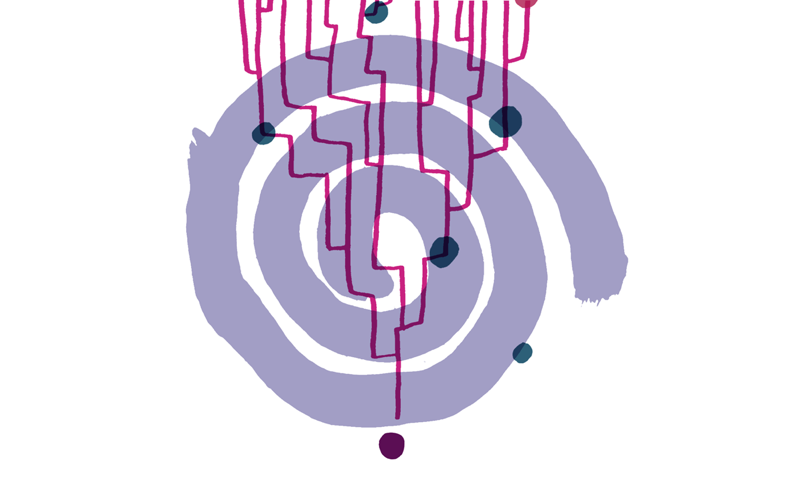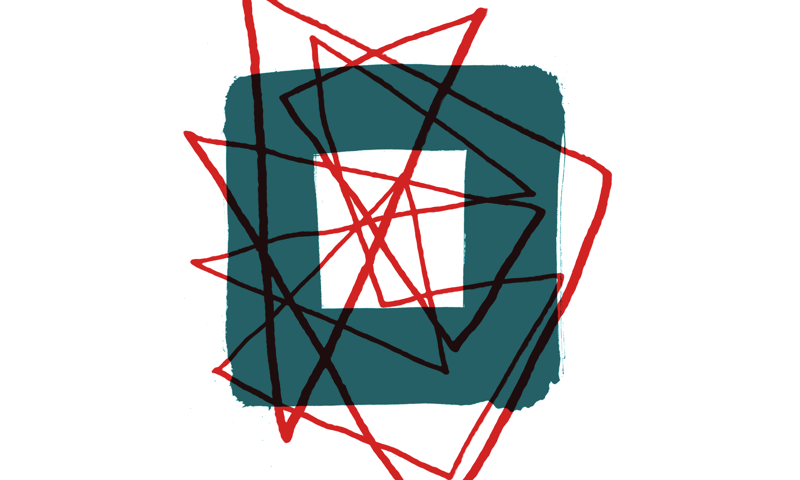Paul Hamilton, Interaction Design, Made by ManyWhat we’re trying to solve in digital is constantly changing, and what we are as designers is always changing too. Be ready to adapt, get comfortable in the spaces between disciplines and pick up new tools as you go.
What do creatives really need to know to succeed in digital careers?

There has been much discussion about children learning digital making skills, but what is being done to help prepare young people entering the workplace now?
Everyone is talking about coding, but what else do you need to know to get hired and succeed in the digital? What are these roles even called? Where do you fit in? How can industry work with universities to ensure students are prepared?

When Charlotte and I met with Luke from UAL Futures for the first time we spoke a lot about coding. Made by Many believe that actually there are lots of other things that make a graduate employable in the digital creative industries, and maybe these weren’t being talked about as much as they should be.
We decided we should have a more public conversation about it, inviting our colleague Paul, Matt from IDEO, Sarah from Metail and recent UAL graduate and entrepreneur Kate to debate how essential code is to creative careers in digital, and asked Katy Beale to chair.
So what did we learn? Here’s our quick round-up of advice from our panel
One theme from the night was the importance of humility, respect and flexibility when collaborating as part of a multi-disciplined team. Navigating the overlaps and knowing what you don’t know (and who does know) can be challenging but is vital for getting things done. It will be beneficial for graduates to have an understanding of user-centred design and iterative / agile development, but not to overly focus on processes either. Nurturing creativity by staying curious and being open to learning new things in a changing landscape is crucial. As the digital industry changes so rapidly, being adaptive and a good collaborator will be what keeps you in demand even as some job titles and roles become extinct.
Kate Pincott, Founder, BeluaBe confident in your ability to learn new things. Surround yourself with people who are better than you. Collaborate. The quickest way to learn is to pick up the ‘digital verbs’ first.
Sarah Walter, Chief Creative Officer, MetailStay curious. What have you seen, read, heard? If you don’t put it in, how the hell will you pull it out? Mutual respect between disciplines and knowing what you don't know are essential for collaboration.
Matt Cooper-Wright, IDEOHack first, design later. Learn new tools quickly, and pick the right tool. Spend time with your users to understand their needs. You don't need to code to build a ‘fakereal’ website using prototyping tools.
What do you think digital designers need in their toolkit?
Should we all learn code at university? "You need to be aware and understand what code can do" - Matt, IDEO #ualfutures
— @AUT0MNE November 13th, 2014 20:50
Tell us what you think by filling out and sharing the UAL Futures survey. By answering these questions you’ll be helping the University of the Arts London get a picture of current, emerging and imagined digital job roles, and the skills graduates need to step into the teams of the future.
Continue reading
A little tooling goes a long way
This isn't a post about a revolutionary new way of thinking about managing servers. The code and techniques we've been playing with are well-worn paths re...
Unbillable hours #4
Here's the weekly round up from the office and beyond.
A future when we're all online
Last week Quartz held a conference focusing on the next billion people to connect to the internet as the developing world comes online quicker and quicker...


